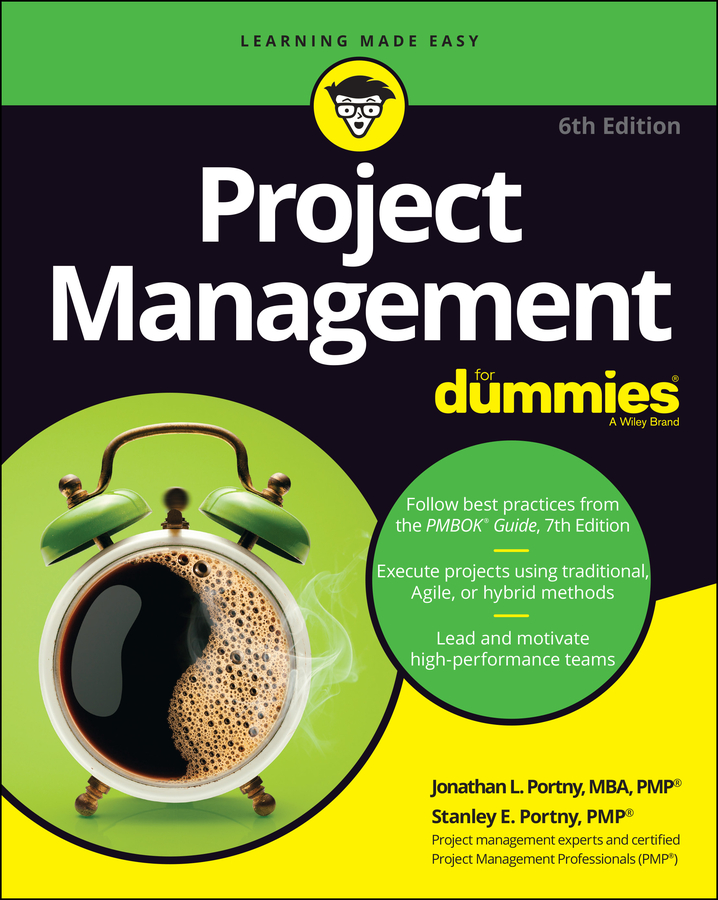Managing risk, like it or not, is a part of a project manager’s reality. A risk-management plan lays out strategies to minimize the negative effects that uncertain occurrences can have on your project. Develop your risk-management plan in the organizing and preparing stage of your project, refine it at the beginning of the carrying out the work stage, and continually update it during the remainder of the carrying out the work stage.
Include the following in your risk-management plan:
Risk factors
Associated risks
Your assessment of the likelihood of occurrence and the consequences for each risk
Your plan for managing selected risks
Your plan for keeping people informed about those risks throughout your project
The following table illustrates a portion of a risk-management plan.
| Plan Element | Description |
|---|---|
| Risk factor | You haven’t worked with this client before. |
| Risks | Product: Chance for miscommunication leads to incorrect
or incomplete understanding of the client’s needs. Schedule: Incomplete understanding of the client’s business operation leads to an underestimate of your time to survey the client’s current operations. Resources: Inaccurate understanding of the client’s technical knowledge leads to assigning tasks to the client that he can’t perform; you need additional staff to perform these tasks. |
| Analysis | Chances of misunderstanding the client’s needs =
high. Chances of underestimating the time to survey operations = low. Chances of misunderstanding the client’s technical knowledge = low. |
| Strategy | Deal only with the risk of misunderstanding the client’s
needs. Reduce the chances of this risk by doing the
following: 1. Review past correspondence or written problem reports to identify the client’s needs. 2. Have at least two team members present in every meeting with the client. 3. Speak with different staff in the client’s organization. 4. Put all communications in writing. 5. Share progress assessments with the client every two weeks throughout the project. |

